Anne Rice’s The Vampire Chronicles Thrills
Growing up in suburban New Jersey amid toxic masculinity and avid white privilege, I found my escape from the unsavory opinions of my peers with my nose in any book I could get my hands on. My public library card was my ticket out of my shockingly ordinary reality and into the gothic, horror-filled fantasies of Anne Rice’s The Vampire Chronicles, each more exciting than the last. I drank Rice’s work down slowly, savoring the enchanting world that she creates out of New Orleans 1790s and 1920s, Paris in the 1700s, San Francisco in the 1980s and back as far as ancient Egypt.
Rice’s vampires are a metaphor for lost souls. They are captivating and original. She practically invented the brooding, sexy vampire trope that “Twilight” and “The Vampire Diaries” capitalize so heavily on. Their physical features are enhanced with a preternatural air to the individual’s fullest aesthetic potential without changing their physiognomy completely, and they remain in that heightened stage for their eternity. Her vampires are statue-like in appearance, with white, almost translucent skin that gains color if the vampire has recently fed. Their nails are long and manicured, looking more like glass than fingernails. They never age, and if one cuts their hair, it simply grows back in seconds to exactly match its previous state.
Her vampires differ from the pre-established Dracula trope in that they are unaffected by crucifixes, garlic and stakes through the heart. However, like Dracula, sunlight and flames burn their skin and, if they are trapped in it, they burn up and disintegrate into a fine dust. One of the most memorable traits of Rice’s vampires is that they are overtly brooding, sensual and emotional and prone to dwell on aesthetic. Most of them have homosexual relations. They have incredible memories and are masters at imitation, which lend to their excellence in painting, music, singing and, of course, writing.
The trilogy of a lifetime begins with “Interview with the Vampire,” the spellbinding confessions of a vampire, Louis de Pointe du Lac, who recounts the story of his life to an unnamed reporter, who evades death by asking to interview who he thought was just a very lonely man. The reporter happens upon and publishes the story of several lifetimes. His series was intended to be on the untold stories of life in San Francisco in the late 1920s. What he learns from Louis in a run-down motel room above the bustling streets serves as the first installation of The Vampire Chronicles. All installations of The Vampire Chronicles exist as published works in Rice’s universe and are referenced frequently.
The second book in The Vampire Chronicles, “The Vampire Lestat,” is structured as an autobiography of the antagonist in the first book, Lestat de Lioncourt, who wakes up after a 50-year hibernation in 1984 to the sounds of the 21st century. He quickly happens upon a copy of “Interview with the Vampire,” and discovers that Louis’ life story has been published, which paints him in an unflattering light. Lestat then writes his life story in full. He leaves no stone unturned and comes with receipts to debunk “Interview with the Vampire,” save his reputation and become a famous rockstar in the process. Lestat divulges all the secrets of his life and immortality that he refused to share with Louis or Claudia.
He is particularly captivated with the sounds of rock music being played and happens across a band practicing nearby. He infiltrates this band and takes the role of the lead singer, as he is a natural performer from his mortal and early preternatural life. When he claims that he is a vampire named Lestat, the band assumes he is impersonating. He is enraged to find out that Louis’ life story has been published, which paints him in an unflattering light. Lestat then tells his life story, from start to finish. Lestat is an incredibly self-involved and boastful narrator, and several key events seem to contradict each other. They are never reconciled, so it’s up to the reader to decide how reliable Lestat is in the telling of his life. The book ends with a major cliffhanger, as Lestat’s debut into the modern world sparks chaos among the supernatural and natural worlds.
The third and “final” book of the original trilogy is “The Queen of the Damned,” which is also written from Lestat’s perspective. It picks up right where the previous book leaves off and features jumps in perspective between an array of new characters, a mix of mortals and vampires, each recounting their experiences directly leading up to the climax of the second novel, the details of which Lestat claims to have acquired by his newly developed psychic ability. In a fight to stop the impending wrath of the mysterious Queen of the Damned, the series divulges into mythology, lore and world-building as to the origin of Rice’s vampires that dates back to ancient Egypt. Such depth and breadth are otherwise unparalleled in modern fiction.
Rice took almost a decade off from writing about vampires to write a series about witchcraft with the same prosaic skill she presented in The Vampire Chronicles. Then, for reasons I still don’t understand, she decided to bridge the two series in a crossover series consisting of three novels. But she didn’t stop there, continuing to write a series of spin-off novels that featured the lives of minor and major characters introduced in “The Queen of the Damned.” Rice wrote a total of 15 novels about her vampires, the earliest published in 1978 and the latest in 2018.
My love for the original trilogy makes me want to say that she is still going strong and creating content that is as captivating as ever, but that simply isn’t the case. Rice has diluted her franchise to the point where even its main character, Lestat, is unrecognizable to the reader.
If reading isn’t your game, check out the 1994 film “Interview with the Vampire,” directed by Neil Jordan and starring Brad Pitt, Tom Cruise and a young Kirsten Dunst. Rice was involved in the production and wrote the screenplay for this one, so it is far superior to the sequel made without her help, titled “The Queen of the Damned” and directed by Michael Rymer, where the last two books are combined into one narrative that spans only an hour and 45 minutes … it didn’t go too well. Recently, Hulu picked up The Vampire Chronicles and is looking for a showrunner to begin production with Rice’s son, Christopher Rice, as a creative director.
However, I do encourage anyone who is interested in gothic horror or fantasy to pick up The Vampire Chronicles, but do yourself the favor of stopping at the “The Queen of the Damned,” the last true Rice masterpiece.

Copy Chief emerita volume 101, Production Editor emerita volume 102 and 103
Vanessa DeJesus is a senior at Fordham College at Rose Hill, double majoring...



































































































































































































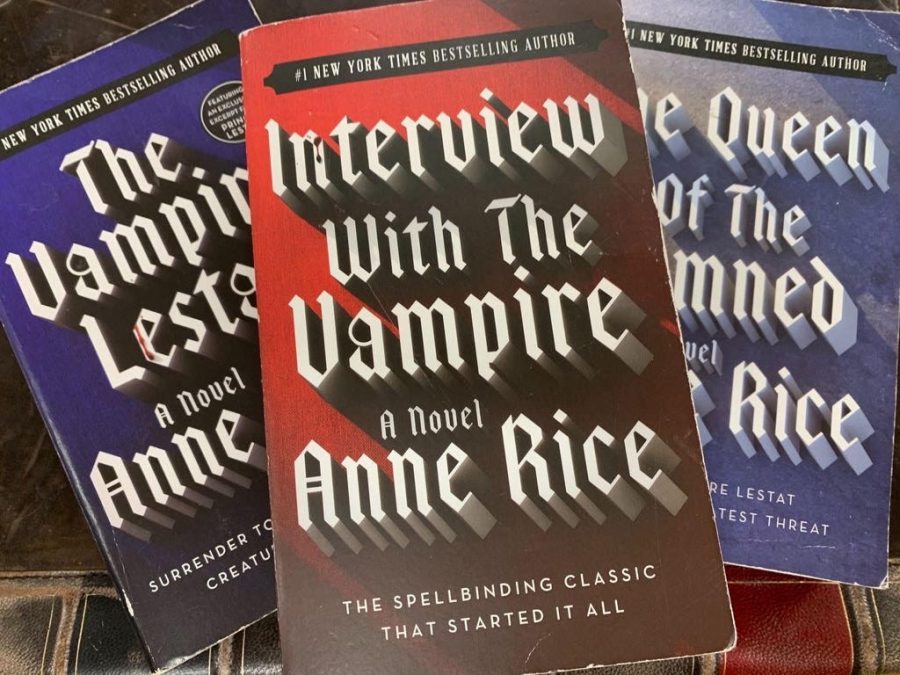

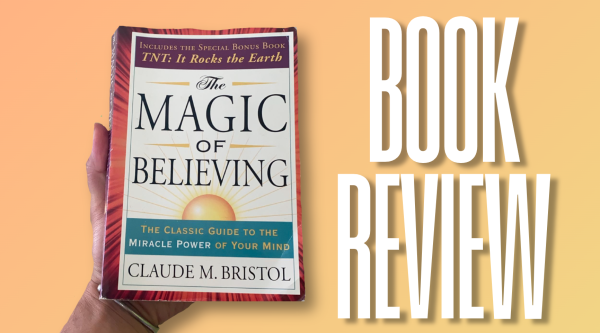
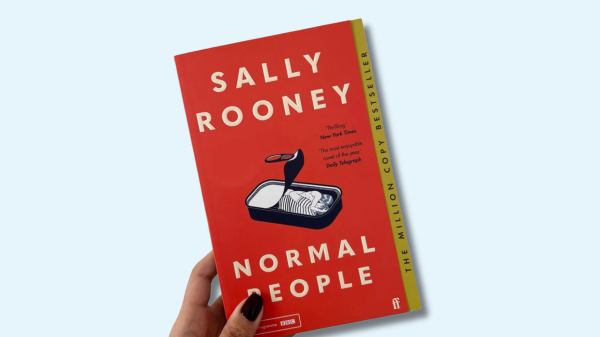
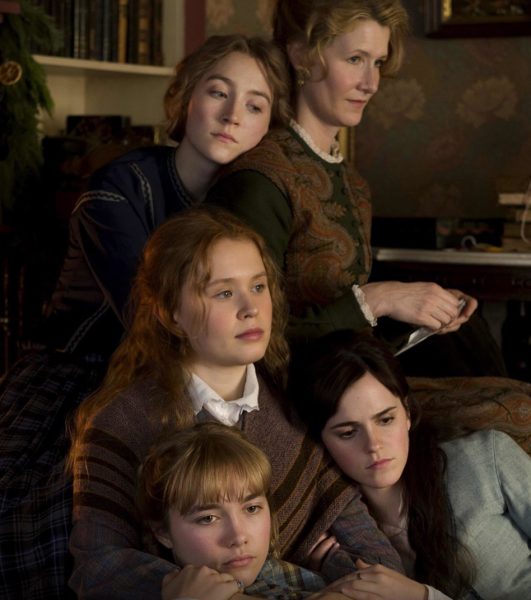
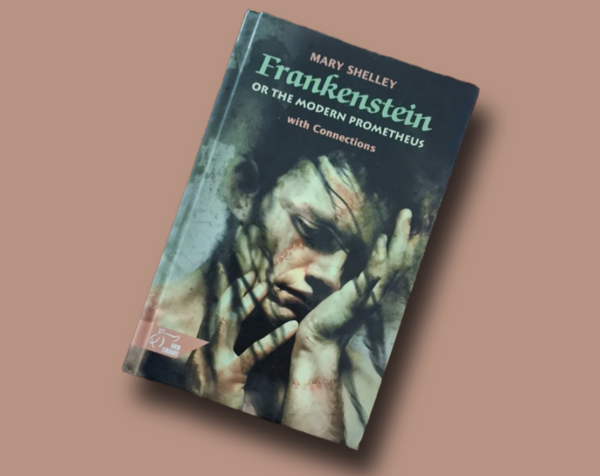


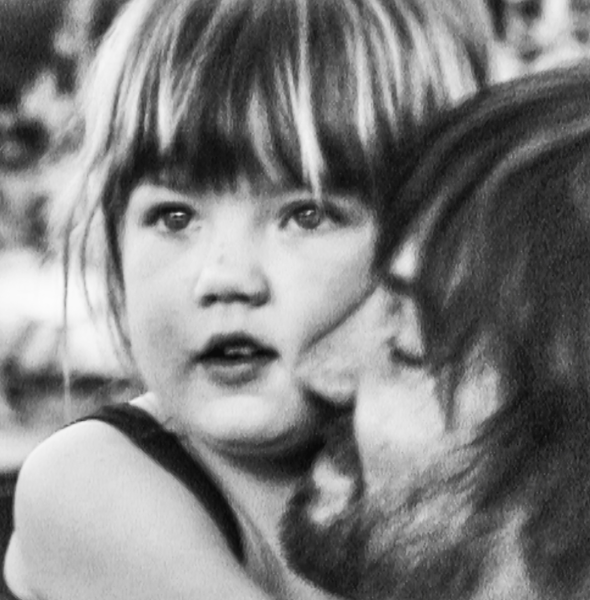

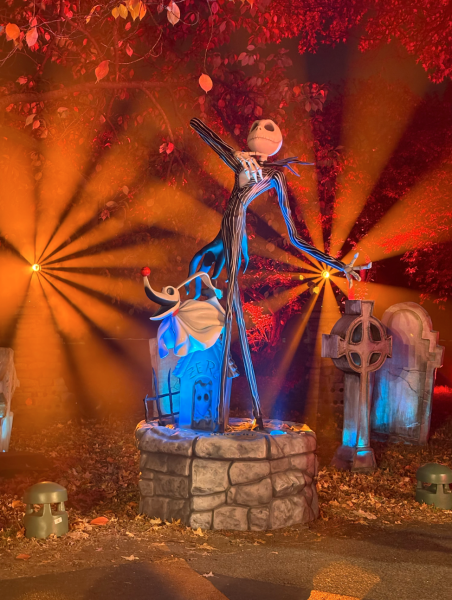
Alijah • Nov 24, 2019 at 2:08 am
Umm …..really.? Did you read Memnock the Devil , or Pandora? I think they stay true two the series for sure…ugh what do I know. Just found this piece looking for a good pic of Armond …
Richard Garcia • Nov 22, 2019 at 3:16 pm
Nice, thanks for the read. I’ll check this out on print and film.